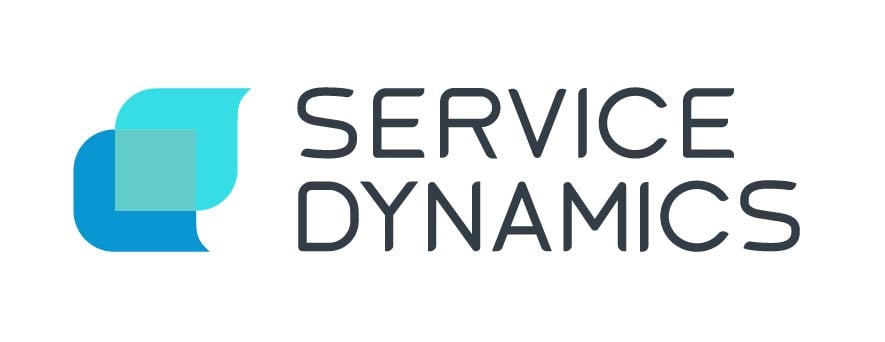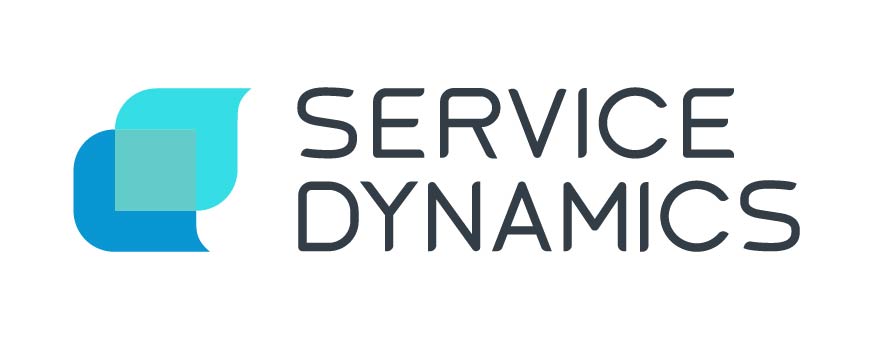Atlassian are launching a new automation packaging model for all cloud Jira products (Jira Software, Jira Service Management, Jira Work Management, Jira Product Discovery). Each product edition (Free, Standard, Premium, etc.) will now have a fixed number of monthly automation rule limits.
Here is a summary of the key changes:
- No more unlimited single-project rules. All Jira Automation rule runs will count towards the usage limit.
In the previous automation packaging model, customers received unlimited single project rules and only project rule and global rule limits were counted against their automation limits. With the new change, all runs of automation rules will now be counted towards the run limit, regardless of whether they are single project, multi-project, or global rules. As a result, there will no longer be unlimited single project automations. - Atlassian are removing the pooling of automation limits across Jira products. Each Jira product will have its own automation rule limit.
In the current model, run limits can be pooled across Jira products. So if a customer is using both JSW Free and JSM Standard, they would get a total of 600 rule runs per month (100 from JSW Free and 500 from JSM Standard) that can be used across both products.
This will change in the new packaging model. Each product will now have its own run limit which cannot be combined with the run limits of other products.
For any cross-product automation rules, it is attached to the product it originates from. For example, if you run an automation rule across a JSW and JSM project, and the rule starts with JSW, the rule will count from JSW not JSM. - Only successful automation rule runs count towards the usage limit. Automation rules that perform no action will not be counted.
In today’s packaging model, all rule runs count toward your usage limit, even if the rule performed no actions.
NOTE: Increased Automation Rule Limits for JSM/JPD Free and All Jira Standard Edition customers will continue to receive a fixed number of monthly automation rule runs based on their product edition. However, they are increasing automation rule limits for JSM Free, JPD Free, and all Jira Standard editions to better serve our customers' growing need for automation.
Why is this happening?
With the new automation packaging model there are three main objectives
- Clarity
Make the packaging model for automation rules easier to understand. There has been a lot of feedback from customers over the years that packaging for automation rules can be hard to understand. - Consistency
To ensure that automation rules across Jira and Confluence are consistent so that there is less confusion. - Scale
To establish a model that will scale to other products as Automation expands across the Atlassian Cloud and facilitate increased uptake of automation by making limits easier to understand.
When is it happening?
1 Nov 2023
Why does this matter?
All Jira Automation users will be impacted by this change. The new packaging model will have the greatest impact on ~3,000 Free and Standard customers that will exceed their usage limits in the new model.
Get in touch with us today and learn how Service Dynamics
can help you get more out of your Atlassian product suite.



